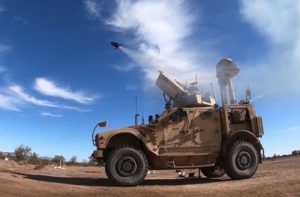
The Defense Department office assessing systems to defeat drones and also develop the related training and doctrine for the use of these capabilities wants to take advantage of artificial intelligence and machine learning technologies to make it easier for the users of these systems to combat the evolving threat from unmanned aircraft systems to U.S. forces. “We understand that the growing threat’s going to require us to look at ways to get after this threat, while reducing load on the…

 By
By 











